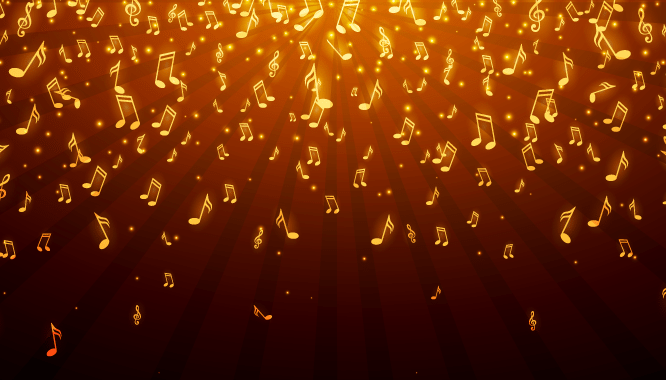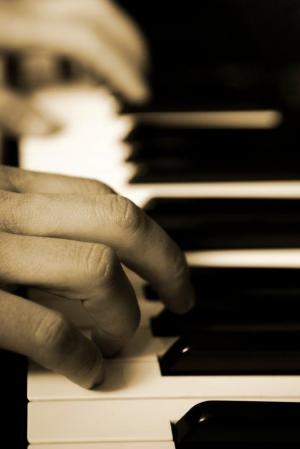tanya
Overture
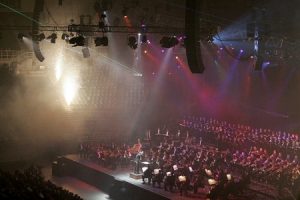 Overture in music is an instrumental (usually orchestral) piece, performed before the beginning of any performance – a theatrical performance, an opera, a ballet, a movie, etc., or a one-part orchestral work, often belonging to program music.
Overture in music is an instrumental (usually orchestral) piece, performed before the beginning of any performance – a theatrical performance, an opera, a ballet, a movie, etc., or a one-part orchestral work, often belonging to program music.
Overture prepares the listener for the upcoming action.
The tradition to announce the beginning of the presentation with a brief musical signal existed long before the term “overture” entrenched itself in the work of French and then other 17th century European composers. Continue reading
Symphony
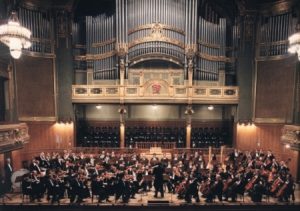 A symphony is usually a composition for orchestra, usually consisting of several parts. This is one of the main genres of European music. In the modern sense, the word “symphony” came into use relatively recently, in the 70s. XVIII century., It is the very same very ancient origin.
A symphony is usually a composition for orchestra, usually consisting of several parts. This is one of the main genres of European music. In the modern sense, the word “symphony” came into use relatively recently, in the 70s. XVIII century., It is the very same very ancient origin.
“Symphony” in Greek means “consonance”. In ancient times, the so-called singing of the choir or ensemble in unison, as well as any harmonious, melodious combination of tones. In the Middle Ages, the word disappeared from use, and its new life began in the Renaissance. But now a different meaning was put into the word “symphony”. In the music of the Renaissance, polyphonic vocal compositions were circulated – madrigals, canzons. They usually opened with an instrumental introduction, which was called a symphony. When in the XVII century. an opera arose, it also began with a symphony – later this introduction turned into an overture. Continue reading
About jazz
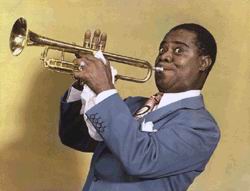 Jazz is a form of musical art that emerged at the beginning of the 20th century in the United States as a result of the synthesis of African and European cultures and which subsequently became widespread. Improvisation, polyrhythm based on syncopated rhythms, and a unique set of techniques for performing a rhythmic texture – swing, are characteristic features of the musical language of jazz. The further development of jazz was due to the development of jazz musicians and composers of new rhythmic and harmonic patterns. Continue reading
Jazz is a form of musical art that emerged at the beginning of the 20th century in the United States as a result of the synthesis of African and European cultures and which subsequently became widespread. Improvisation, polyrhythm based on syncopated rhythms, and a unique set of techniques for performing a rhythmic texture – swing, are characteristic features of the musical language of jazz. The further development of jazz was due to the development of jazz musicians and composers of new rhythmic and harmonic patterns. Continue reading

